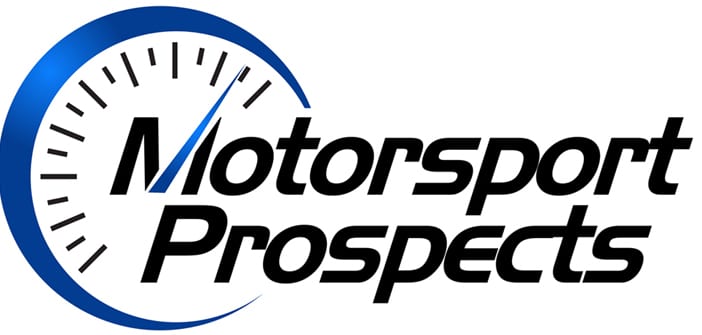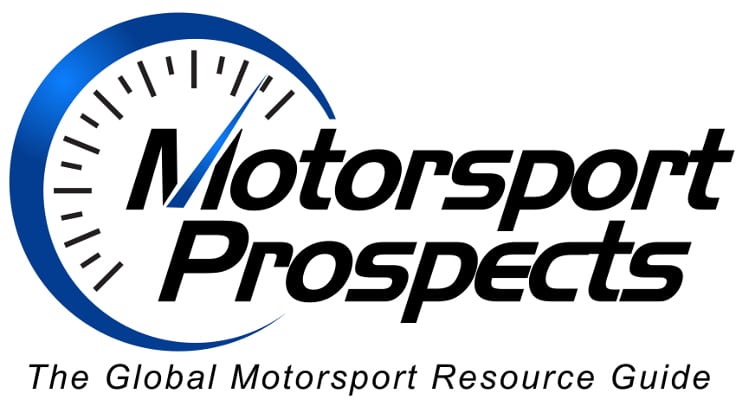
Introduction
The sim racing industry is accelerating fast – and not just on the virtual track. Across the US and Europe, sim racing centers are evolving from niche attractions into viable business ventures. Yet in an increasingly competitive landscape, depending solely on hourly rentals or walk-in customers is no longer enough.
If you’re a sim racing center owner looking to increase revenue, maximize the value of each customer visit, and future-proof your business, this article is for you. We’ve compiled a high-performance guide to proven, innovative, and practical methods for increasing your revenue streams. Whether you’re already profitable or just starting to gain traction, the strategies below could make the difference between running a venue and growing a brand.
The Current Landscape of Sim Racing Centers
Sim racing centers typically generate revenue from pay-per-session rentals, group bookings, and private events. While these models can cover operational costs, they often leave little margin for growth. Operators face high upfront costs (hardware, space, licenses), intense local competition, and the ongoing challenge of retaining customers in a digital-first entertainment era.
That’s why leading centers are turning to diversified business models. The key isn’t always increasing foot traffic — it’s boosting the value of each interaction.
Alternative Revenue Streams
1. Corporate Partnerships and Team-Building Events
Companies are increasingly looking for unique, high-adrenaline experiences for their teams. Sim racing is perfect for this: it’s competitive, safe, and fosters communication. Centers like F1 Arcade have created successful team-building packages that combine racing with food, drink, and networking. These high-margin events are booked in advance, fill dead hours, and bring in new clientele who might not otherwise visit.
2. Esports Tournaments and Leagues
Running regular competitions — weekly time trials, seasonal championships, or brand-sponsored events — can build a loyal customer base. These tournaments encourage repeat visits and foster community. Smart centers monetize these through entry fees, sponsorships, and livestreaming deals.
Sim centers can also consider participating in or hosting inter-center competitions such as those organized by Virtual2Realitytv (https://www.virtual2reality.tv/). These leagues bring multiple venues together, boost visibility, and create excitement that increases traffic and builds reputation.
3. Treat Every Customer Like a Racing Driver
Don’t think of them as customers. Think of them as drivers. From how you greet them, to how you review their performance, every aspect of the experience should reinforce the identity of being a racing driver. This small psychological shift builds loyalty, confidence, and a much stronger connection to your brand. Trust the process, and you’ll see the results.
4. Enhancing the Customer Experience with Post-Session Reports

An increasingly powerful way to increase customer retention is by extending the experience beyond the simulator. One effective method is offering post-session telemetry reports that give drivers tangible insights into their performance.
RaceData AI (www.racedata.ai) is one such tool developed specifically for sim racing centers. After a session, the system automatically emails a customized telemetry report to the driver, giving them a breakdown of their performance, sector times, throttle/brake traces, and suggestions for improvement. This not only enhances the experience but gives customers a reason to come back and improve.
For sim center owners, RaceData AI also offers operational value: it tracks customer activity, visit frequency, and performance progress. By using these insights, centers can better understand customer patterns, tailor loyalty campaigns, and identify high-value clients.
5. Give Them Something to Take Home
Sometimes the best branding doesn’t happen inside the venue. A print-out or summary of the driver’s performance can become a physical reminder of their experience. Whether it’s pinned on a bedroom wall or shown to friends, it’s a conversation starter that travels. With certain tools, like RaceData’s print-out option, it’s now easy to give customers a part of the experience they can carry home.
6. Invite Competition with Leaderboards
A public leaderboard system gives your customers something to aim for. Being able to compare lap times with others adds a layer of competitiveness that keeps them coming back for more. As they climb the ranks, their commitment deepens. Some telemetry platforms also allow you to implement leaderboards seamlessly into your ecosystem.
7. Training and Coaching Programs
For drivers seeking improvement, data is key. By offering coaching programs that integrate tools like RaceData AI, centers can give actionable insights that lead to measurable improvement. Sessions become more than just entertainment — they become personal progress journeys.
This adds perceived value and justifies premium pricing. Moreover, as customers begin to see progress in their lap times and technique, they’re more likely to stay engaged and return regularly. Simply put: the more someone wins, the more they want to race.
Operational Strategies for Revenue Enhancement
1. Dynamic Pricing Models
Use pricing to your advantage. Offer off-peak discounts, loyalty bundles, or higher weekend rates. Subscription models and prepaid monthly passes can provide more stable income while incentivizing regular use.
2. Membership and Loyalty Programs
Create multi-tiered memberships with perks like priority bookings, free coaching minutes, or discounts on events. Loyalty systems (e.g., every 5 sessions = 1 free) are simple but powerful tools for retention. Consider gamifying this experience to boost repeat visits and customer satisfaction.
3. Data-Driven Personalization
Use tools like RaceData AI to personalize communication and promotions based on customer behavior. Knowing who your frequent visitors are and what they enjoy lets you craft tailored offers, such as inviting your fastest drivers to a VIP night or rewarding consistent racers with early access to new simulators.
4. Booking Optimization & Upsells
Optimize your booking system to suggest upgrades or upsells. When a customer books a session, offer them an extended time slot, a coaching addon, or even food and beverage packages.
5. Staff Empowerment and Sales Training
Train staff not just to manage, but to sell experiences. Empower them with data (such as customer visit frequency or performance) to initiate relevant conversations that lead to upgrades or repeat visits.
Case Studies
F1 Arcade (UK & US)

F1 Arcade has reimagined the sim racing center as a full-service entertainment venue. By combining high-end rigs with curated food and drink, their experience appeals to both enthusiasts and casual visitors. Their recent $130M funding round underscores the potential of blending entertainment with racing.
Sim Racing Center Merchtem (Belgium)

With a focus on realism and hardware quality, this Belgian center attracts drivers across Europe. Hosting regular events and team competitions, they’ve become a community hub as well as a business.
Apex Racing (Turkey)

Apex Racing, one of Turkey’s leading sim centers, integrated RaceData AI into their operations in 2024. Since then, they’ve reported significantly higher customer satisfaction. Owners noted that customers stayed longer after sessions to review their data, talk with staff, and plan improvements. More importantly, the ability to track customer sessions helped staff offer personalized recommendations, building deeper loyalty. They believe these behaviors will translate into long-term profitability.
Financial Considerations
Opening a sim racing center requires considerable investment: rigs, space, software licenses, staff, and more. But by implementing the strategies above, operators can increase ROI significantly. Post-session engagement, high-margin corporate bookings, and data-driven loyalty programs can all contribute to improved margins and sustainable growth.
Conclusion
The future of sim racing centers lies in more than just great hardware. Owners who focus on experience design, community engagement, and data-enhanced services will not only survive — they’ll thrive.
If you’re looking to increase revenue and customer retention, there’s never been a better time to think beyond the track. From team-building packages to telemetry tools like RaceData AI, the right strategies can turn a racing simulator into a profitable, repeatable business engine.
Don’t just give your customers a race. Give them a reason to return.


